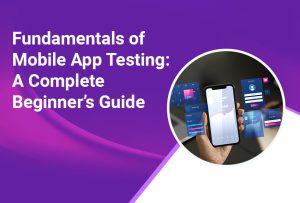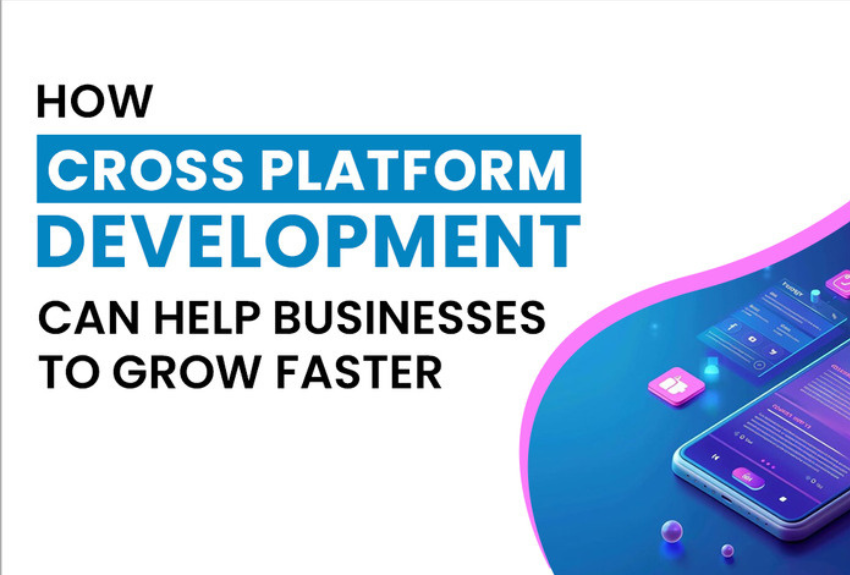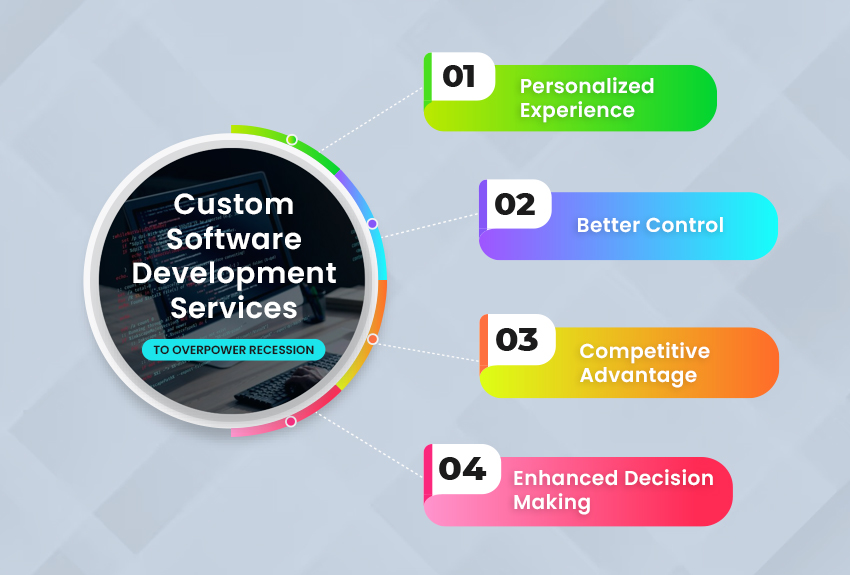
Mobile applications have become the digital front doors of modern businesses, used by over 6.9 billion people globally in 2025. As users spend an unprecedented average of 5.2 hours daily on mobile devices, apps increasingly serve as the principal channels to engage, transact, and build trust. For every App Development Company and Software Development Agency, delivering reliable mobile experiences is now a non-negotiable business imperative.
Yet the stakes have never been higher. Research reveals 88% of users will abandon an app at the first sign of bugs or performance issues, and a single crash can reduce user retention by up to 70%. High mobile app standards—including a 99.95% crash-free rate and sub-second response times—have become the new baselines for brands to maintain visibility and positive user ratings. This heightened expectation is fundamentally reshaping how Software Application Development Services approach mobile app testing.
Why Mobile App Testing Matters in 2025
The mobile app marketplace is more competitive than ever, with over 218 billion global app downloads last year and consumer spending exceeding $150 billion. Growth is driven by the sheer volume of smartphone users, who bring high expectations: free apps dominate, yet users increasingly demand flawless function, data security, and personalized experiences in every sector.
65% of users state that app performance directly affects brand trust, making reliability a primary business concern.
- An app with a crash-free session rate below 99.8% risks negative reviews, lower store rankings, and poor visibility—a direct correlation called the “rating cliff” by leading analysts.
- 80% of users will uninstall after just one or two negative experiences, highlighting the critical link between quality assurance and user retention.
As a result, robust mobile app testing is no longer optional. It underpins digital reputation, customer retention, and even revenue growth
Types of Mobile Applications
Before diving into testing approaches, it’s important to understand the different types of mobile apps because testing strategies vary accordingly:
- Native Apps: Built specifically for iOS or Android and deliver the most optimized performance, but testing needs to be tailored to the respective operating system.
- Web Apps: Run inside the device’s browser and require heavy validation of UI performance across browsers.
- Hybrid Apps: Combine elements of native and web apps, built using frameworks like Ionic or React Native. They need rigorous testing for consistency across different platforms.
- Cross-Platform Apps: Created to work seamlessly with technologies such as Flutter or Xamarin. A Cross Platform Mobile App Development Company must conduct in-depth device compatibility testing to ensure high performance across all environments.
Fundamental Stages of Mobile App Testing
Testing is not a single step but a structured process integrated within the larger Mobile Application Development lifecycle. Here are the key stages:
1. Requirement Analysis
Understand the app’s purpose, target users, and functional requirements.
Involves collaboration between the App Development Company, testing team, and business stakeholders.
2. Test Strategy and Planning
Define scope, resources, timelines, tools, and automation needs.
Establish compatibility requirements across devices, OS versions, and screen resolutions.
3. Test Case Development
Write detailed test cases and scripts covering functional, usability, performance, and security aspects.
4. Environment Setup
Configure simulators, emulators, and real devices.
Testing may also involve setting up staging servers or network APIs.
5. Test Execution
Perform manual and automated testing using frameworks like Appium, Espresso, or Xamarin Test Cloud.
6. Defect Tracking & Reporting
Identify bugs, assign severity levels, and track them until resolved.
7. Test Closure
Generate reports, assess quality benchmarks, and prepare recommendations for final release.
This systematic flow ensures that Software Application Development Services can deliver apps at a high industry standard.
Mobile App Testing Trends & Technologies (2025)
The pace of innovation means test strategies must evolve quickly. Critical 2025 trends include:
- AI-Driven Test Automation: 72% of corporate teams use AI-powered tools to auto-generate test cases, self-heal test scripts, and predict UI defects, reducing manual maintenance and improving coverage.
- 5G & Real-World Network Testing: Modern tools simulate real-world latency, bandwidth, and congestion for data-heavy apps—mission-critical for gaming, fintech, and healthcare.
- Security & Privacy Focus: Enhanced penetration testing, GDPR/CCPA compliance, and real-time vulnerability detection are now standard for any Custom App Development offering.
- Emphasis on Real Device Testing: Simulators are insufficient—industry leaders prioritize robust real-device test farms and cloud-based solutions.
- Support for Foldables, Wearables, and IoT: New device categories require additional compatibility and user experience validation as usage broadens.
- Continuous Testing in CI/CD: Automated QA integrated directly into development workflows for faster, safer deployments.
Types of Mobile App Testing Every Beginner Must Know
- Functional Testing
Ensures the app performs its intended tasks. Examples include verifying login, navigation, payment, and notifications. - Performance Testing
Focuses on speed, responsiveness, and stability under varying conditions. Stress testing checks whether the app can handle peak loads without crashing. - Usability Testing
Assesses whether the app is intuitive and user-friendly. The goal is to evaluate design elements, navigation flow, and accessibility. - Compatibility Testing
Ensures the app runs flawlessly across devices, screen sizes, networks, and OS versions. For a Cross Platform Mobile App Development Company, this step is especially critical. - Security Testing
Safeguards sensitive user data against breaches. This includes validating encryption methods, secure logins, and penetration testing. - Regression Testing
Whenever new features are added, regression testing confirms that existing functionality remains unaffected. - Localization Testing
For apps catering to global markets, localization testing checks language translations, date formats, and regional settings.
Mobile Testing Approaches
Testing can vary based on resources, project timelines, and app complexity. Broadly, there are two main approaches:
- Manual Testing: Best for usability, exploratory testing, and smaller projects. It allows testers to simulate real-world user behavior but can be time-consuming.
- Automated Testing: Essential for large-scale and repetitive tasks. Tools like Selenium, Appium, and Robot Framework allow continuous integration and faster releases.
For a Software Development Agency handling large enterprise-level applications, blending automated and manual testing ensures maximum efficiency.
Challenges of Mobile App Testing
Despite structured strategies, there are inherent challenges developers and testers face:
- Device Fragmentation: The sheer diversity of devices makes it nearly impossible to test on all hardware configurations.
- Rapid OS Updates: Frequent updates by iOS and Android often break compatibility.
- Network Variability: Mobile apps depend heavily on network speed and stability, which vary across regions.
- Security Risks: Mobile apps are vulnerable to malware, phishing, and data breaches.
Overcoming these challenges requires a well-equipped testing team, modern tools, and adopting agile testing practices within the Mobile Application Development life cycle.
Best Practices for Beginners & Agencies
To future-proof mobile app projects, follow these 2025-aligned recommendations:
- Bake in testing early: Shift-left strategies and continuous integration improve defect detection.
- Embrace smart automation: Let AI handle repetitive checks, reserve manual testing for complex user journeys.
- Always include real-device and network simulation testing.
- Prioritize security, privacy, and compliance validations as core deliverables, not add-ons.
- Match test coverage to the intended devices and markets—especially crucial for cross-platform and IoT-enabled projects.
- Regularly review crash and performance metrics, targeting 99.95% crash-free session rates or higher.
Role of a Software Development Agency in App Testing
A professional Software Development Agency not only develops applications but also ensures quality through structured testing processes. These firms offer:
- Dedicated QA teams with expertise in multiple testing tools.
- Scalable solutions tailored to both startups and enterprises.
- Complete Software Application Development Services, covering strategy, development, and testing under one roof.
Businesses seeking Custom App Development can significantly reduce time-to-market and ensure higher ROI by partnering with such agencies.
Future of Mobile App Testing
The landscape of mobile testing continues to evolve with emerging trends:
- AI-powered Testing: AI tools predict risks, automate regression tests, and optimize test case execution.
- Shift-Left Testing: Testing is integrated even earlier in the development process, leading to faster bug detection.
- IoT Testing: With connected devices proliferating, mobile testing must account for IoT compatibility.
- Blockchain and Cloud-based Testing: Rising demands for scalability and speed will drive more adoption of cloud testing tools.
For an App Development Company, staying updated with these trends is crucial to maintain a competitive edge.
Conclusion
Mobile app testing is the backbone of delivering reliable, secure, and user-friendly applications in today’s competitive marketplace. For beginners, mastering the fundamentals of different testing types, approaches, and best practices lays the groundwork for professional growth. For businesses, collaborating with a Cross Platform Mobile App Development Company or a Software Development Agency offering end-to-end testing and Software Application Development Services ensures their apps meet high standards of quality and user satisfaction.
Mobile applications are more than software—they are brand experiences. By prioritizing testing as a core practice within Mobile Application Development, companies can build stronger customer trust, foster loyalty, and propel digital success.
At OpenSource Technologies (OST), we bring this vision to life by delivering secure, scalable, and rigorously tested mobile apps that empower brands to stand out, retain users, and grow with confidence. With a proven track record across industries, OST combines deep technical expertise with innovative QA practices to minimize risks and accelerate time-to-market. Our dedicated team ensures every app we build is not just functional—but a true reflection of your brand’s excellence.





